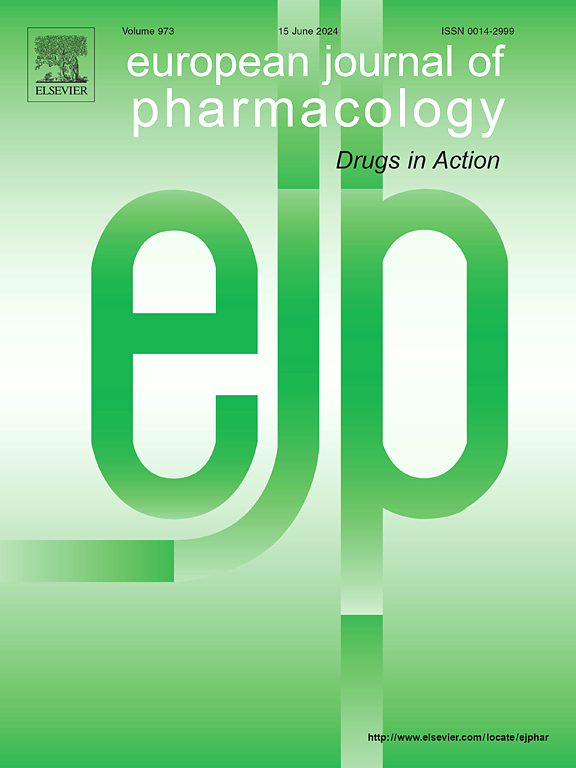P38蛋白作为败血症诱导的器官功能障碍的治疗靶点
IF 4.2
3区 医学
Q1 PHARMACOLOGY & PHARMACY
引用次数: 0
摘要
脓毒症是一种由感染引起的宿主反应失调的全身性疾病,与多器官功能障碍和高死亡率有关。脓毒症复杂的病理生理过程涉及多个因素,包括炎症反应、免疫反应、线粒体功能障碍、凝血级联等。P38蛋白是一类丝裂原活化蛋白激酶,在炎症/免疫反应中起关键作用,并参与必要的细胞过程。先前的研究表明,p38在脓毒症和脓毒症诱导的器官损伤中高度表达,并参与复杂的生物信号驱动过程。因此,本文就p38在脓毒症及脓毒症引起的多脏器损伤中的作用及机制进行综述。首先,全面阐述p38的基本结构、信号转导机制及其在脓毒症病理过程中的作用。其次,描述了p38在败血症诱导的多器官损伤(包括心、肝、肺和脑)中的机制。最后讨论了p38抑制剂的发现和应用,以及p38在脓毒症中的作用。这一综述为脓毒症引起的多器官功能障碍提供了新的治疗靶点。本文章由计算机程序翻译,如有差异,请以英文原文为准。
p38 protein as a therapeutic target for sepsis-induced organ dysfunction
Sepsis is a systemic disorder with a dysregulated host response caused by infection and is associated with multiple organ dysfunction and a high risk of mortality. Several factors are involved in the complex pathophysiological process of sepsis, including the inflammatory response, immune response, mitochondrial dysfunction, and coagulation cascade. p38 proteins, a class of mitogen-activated protein kinases, play key roles in inflammatory/immune responses and are involved in essential cellular processes. Previous studies have shown that p38 is highly expressed in sepsis and sepsis-induced organ damage and is involved in complex biological, signaling-driven processes. Therefore, this review aims to summarize the efficacy and mechanism of action of p38 in treating sepsis and sepsis-induced multiple-organ damage. First, the basic structure, signal transduction mechanism of p38, and its role in the pathological process of sepsis are comprehensively described. Second, the mechanism of p38 in sepsis-induced multiple-organ damage (including the heart, liver, lung, and brain) is described. Finally, the discovery and application of p38 inhibitors and the role of p38 in sepsis is discussed. This review provides a new therapeutic target for sepsis-induced multiple-organ dysfunction.
求助全文
通过发布文献求助,成功后即可免费获取论文全文。
去求助
来源期刊
CiteScore
9.00
自引率
0.00%
发文量
572
审稿时长
34 days
期刊介绍:
The European Journal of Pharmacology publishes research papers covering all aspects of experimental pharmacology with focus on the mechanism of action of structurally identified compounds affecting biological systems.
The scope includes:
Behavioural pharmacology
Neuropharmacology and analgesia
Cardiovascular pharmacology
Pulmonary, gastrointestinal and urogenital pharmacology
Endocrine pharmacology
Immunopharmacology and inflammation
Molecular and cellular pharmacology
Regenerative pharmacology
Biologicals and biotherapeutics
Translational pharmacology
Nutriceutical pharmacology.

 求助内容:
求助内容: 应助结果提醒方式:
应助结果提醒方式:


